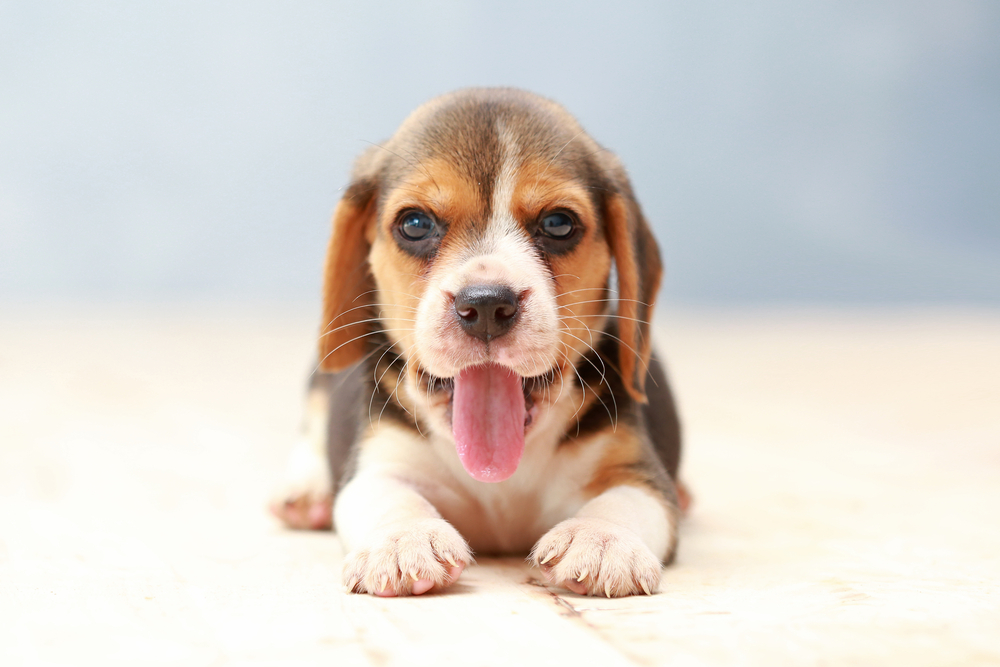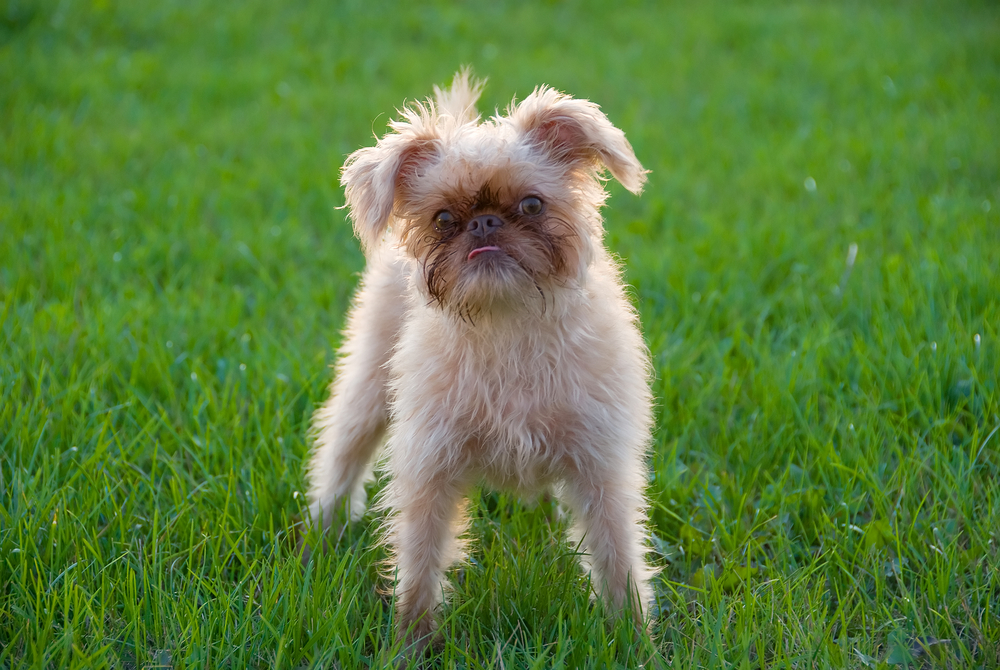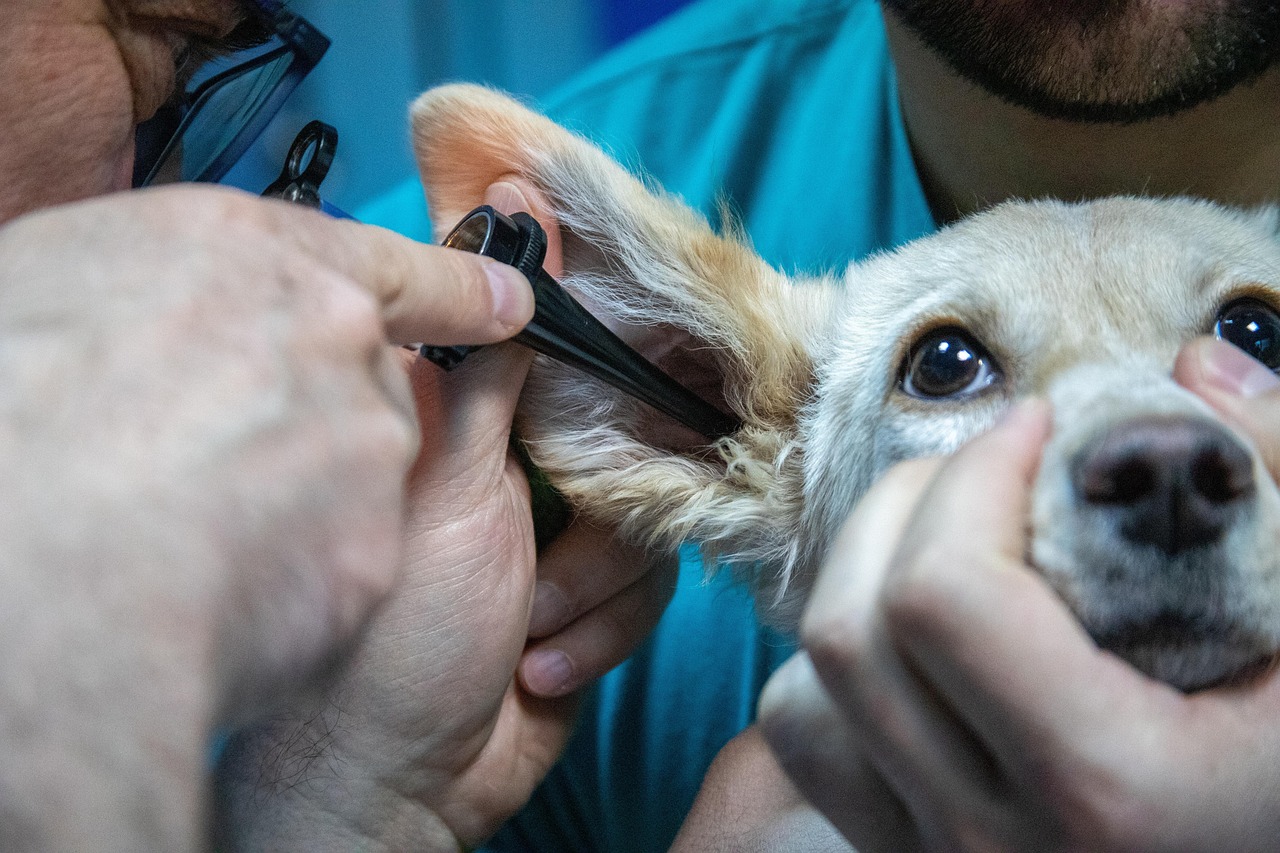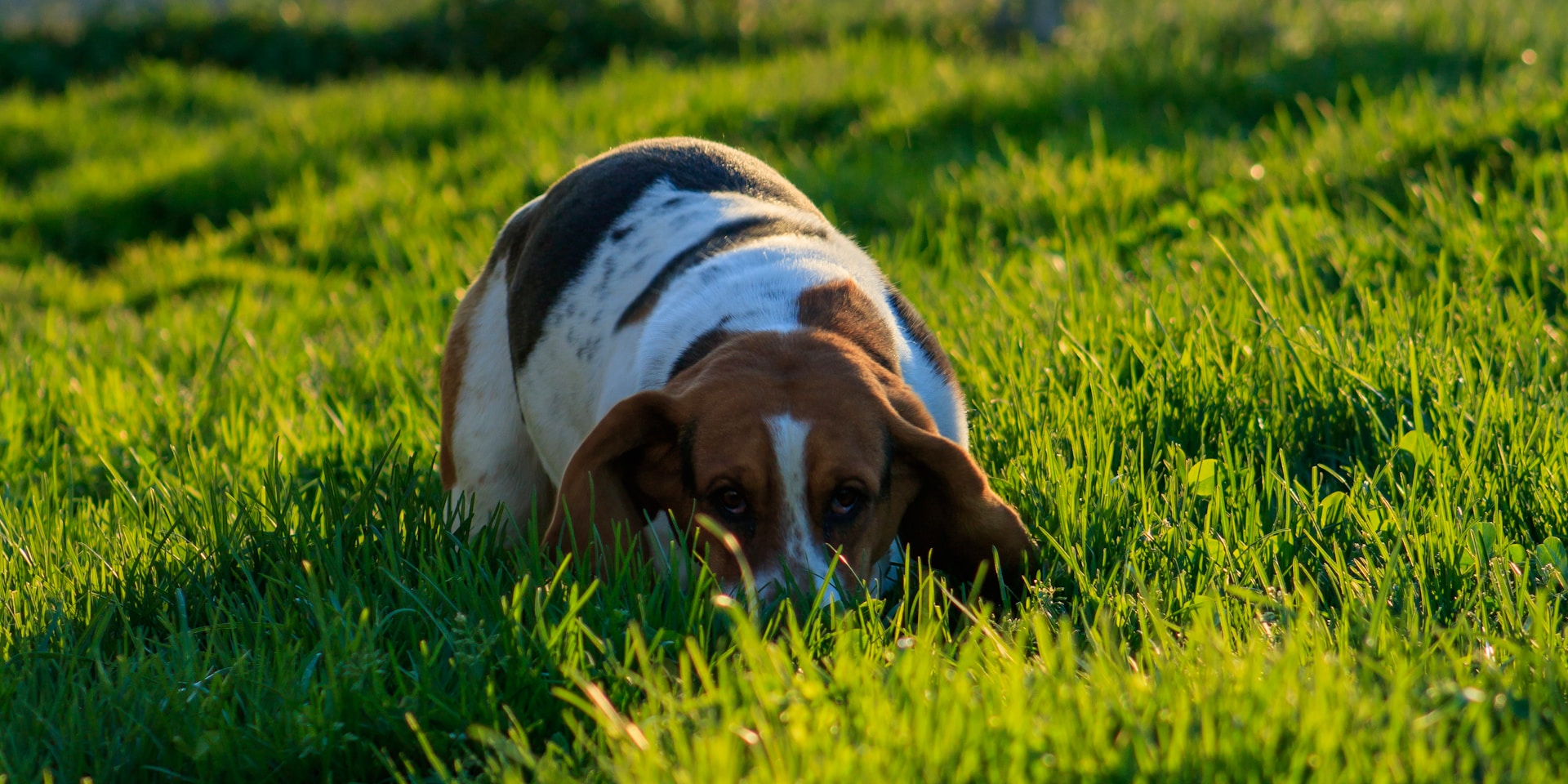Your Puppy: What to Expect at 7 to 9 Months
Updated on June 26, 2024

Your puppy is 7 months old and tearing up the playground. Now is the time to channel his energy into positive pursuits so he can be a loving companion for years to come. Here is what you need to know about the young adolescent in your home.
All featured products are chosen at the discretion of the Vetstreet editorial team and do not reflect a direct endorsement by the author. However, Vetstreet may make a small affiliate commission if you click through and make a purchase.
Your Puppy at 7 Months to 9 Months
Physical and Mental Development
For many breeds, now is when your puppy will do most of his physical growing. By the time he is 9 months old, he may have reached between 80 and 100 percent of his full adult size and weight. All his adult teeth will be in place.
During this period of physical development, your dog will mature sexually. By around 5 months of age, a male puppy can produce sperm; by about 6 months, a female is capable of producing her first litter. Talk with your veterinarian about spaying or neutering your puppy as soon as poosible.
Spaying or neutering your pet will eliminate the risk of an unplanned pregnancy, reduce roaming tendencies, and lessen certain aggressive behaviors, as well as help prevent the development of many common reproductive cancers. It is highly recommended that you spay your female dog before her first heat to obtain all of the health benefits.
Mentally, your puppy is still very much in his youth. Remember, your dog is naturally a pack animal, and now he is beginning to try to figure out how to communicate with other dogs.
If you have been working with him on leash, he might be ready for short, controlled walks where he will meet other dogs. Be sure your young dog will walk calmly on a loose leash (not pulling) before introducing him to new dogs. You need to be able to control the meeting, and your dog needs to feel comfortable on his leash for these encounters to go well.

Behavior Changes
Your dog communicates through a variety of body signals, which become noticeable by the 7- to-9-month stage. Dogs use their body position, eyes, ears and tail to send powerful signals about their emotions and authority.
When you’re out walking with your dog, pay attention to his cues, especially when he encounters other dogs. You should be prepared to walk in a different direction or calm your dog if his demeanor changes.
Health and Nutrition
Your puppy’s rapid growth stage demands a steady diet, but don’t feed your dog too much. Just like humans, dogs become overweight easily when they eat too much and exercise too little.
The most common feeding mistakes for his age are feeding leftovers from your own meal, giving too many regular snacks or treats, and overusing food as a reward in training. Without sufficient exercise to counterbalance the calorie intake, weight gain is inevitable.
Extra pounds harm the bones and joints as well as the heart. In addition, heavy dogs can become lethargic and lose interest in playing or exercise. To monitor your dog’s weight, take him to the veterinarian for regular weigh-ins to check his growth.
Offer healthy treats that are designed for your dog’s age, and be sure to count treats as part of his caloric intake. Avoid giving people food. Your dog’s high-quality balanced dog food is all he needs. Many types of people foods are dangerous for dogs, and the practice may produce a dog that expects to be fed from the kitchen or table.
As your puppy continues to develop, a probiotic supplement should be considered. Have an honest conversation with your veterinarian when adding anything new. The chicken-flavored chewables from Great Poop are an all-in-one formula for digestive support in your growing puppy.
Also, stay on track with your puppy’s vaccinations and deworming routine. Make sure he is protected before you take him outside regularly. Your puppy should already be getting heartworm prevention as well as flea and tick prevention.
Consult your veterinarian to see what products or combinations are best for your dog’s lifestyle. Remember, the dosing of these medications is based on your puppy’s weight, which may be changing rapidly. Be sure to check regularly to make sure that you are still giving the appropriate product dose.
Pet Health Insurance Can Help
Unexpected veterinary bills can make caring for your pet challenging. Don’t let financial stress get in the way of making the best decisions for your pet. Pet health insurance can cover surprise costs such as veterinary visits, prescription medications, and life-saving procedures.
Review personalized options for your pet below:
Training Tips
Appropriate training and socialization have a tremendous impact on your dog’s future. Behavioral problems are a major reason why pet dogs are surrendered to animal shelters. If you don’t teach your puppy what kind of behavior is acceptable, he won’t be successful living in your home and community.
He will likely need training to stop biting, chewing and barking, all natural behaviors for your dog, but not desirable to us. Consider puppy obedience classes, where your dog will learn to socialize with other dogs. Your trainer may suggest using a clicker, which makes a sound that you can train your dog to associate with a treat for a good behavior. There are many training methods available, but regardless of the method you choose, be consistent, patient and gentle.

Finally, you will need to learn how to walk your dog. By 7 months old, your dog is ready to greet the world, but walking a dog is not as easy as it looks. You will need to train your dog not to strain at the leash or try to chase every squirrel he sees.
First, decide which side your dog will walk on and be consistent. Most obedience training uses the left side, but it is up to you. Next, arm yourself with a bag of small, healthy treats to use as a reward when he comes to you and listens by your side. Remember to be patient and offer a treat when he reacts to your commands correctly. After he responds to your request and is calm and ready to go, begin walking slowly. Be sure to stop, back up or change direction if he is pulling or not paying attention.
His reward for pulling you should not be getting to go where he wanted. He will soon learn that if he wants to get somewhere, he will have to do so on a loose leash. It is good to have established a relationship with a dog trainer near you. You may want to call on him for advice if you encounter problems in your training.
Like all young adolescents, your puppy is likely to test your patience and may seem to ignore you. Hang in there. Your gentle touch and consistency will be rewarded as he grows up to be a faithful companion.






